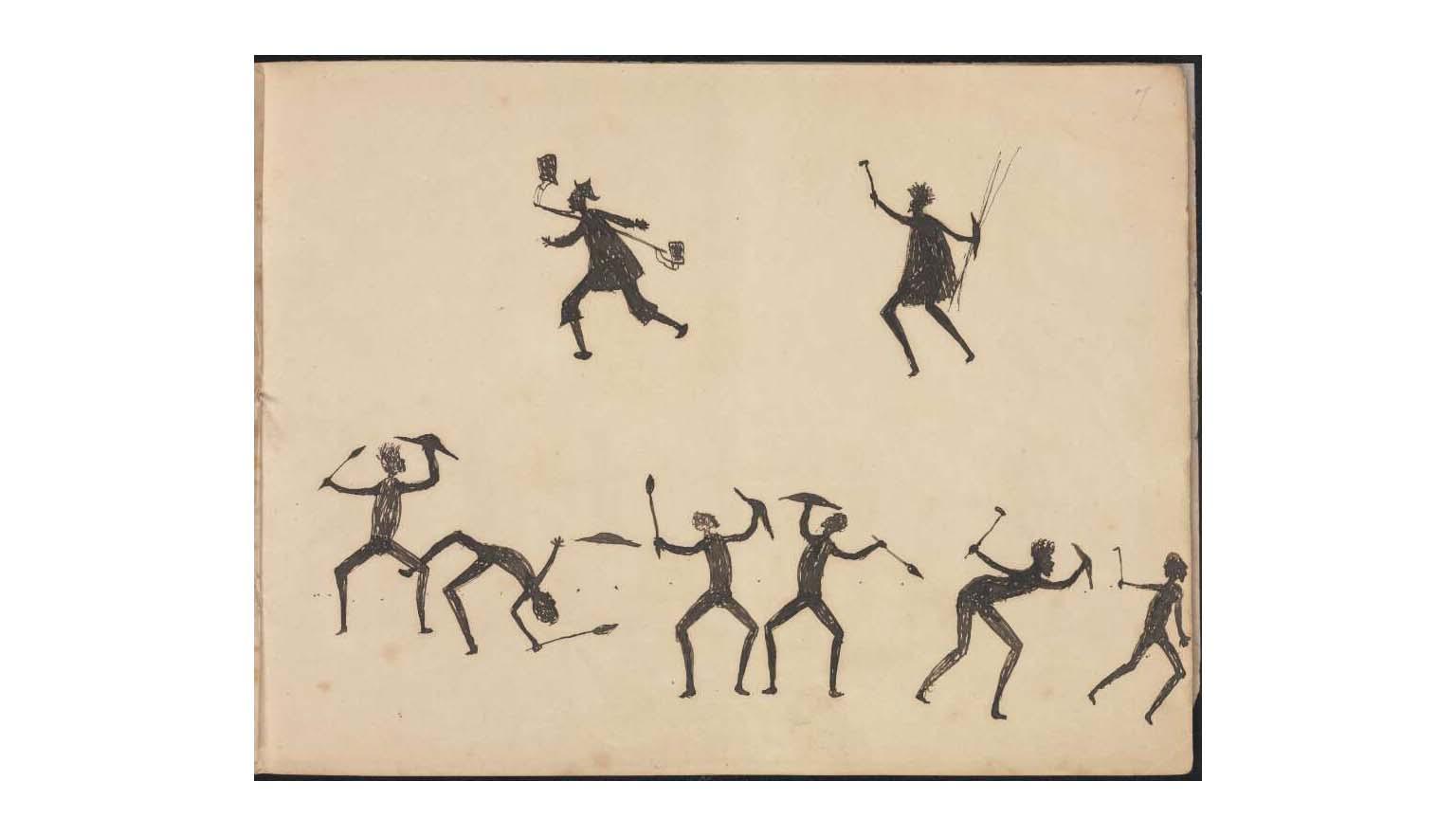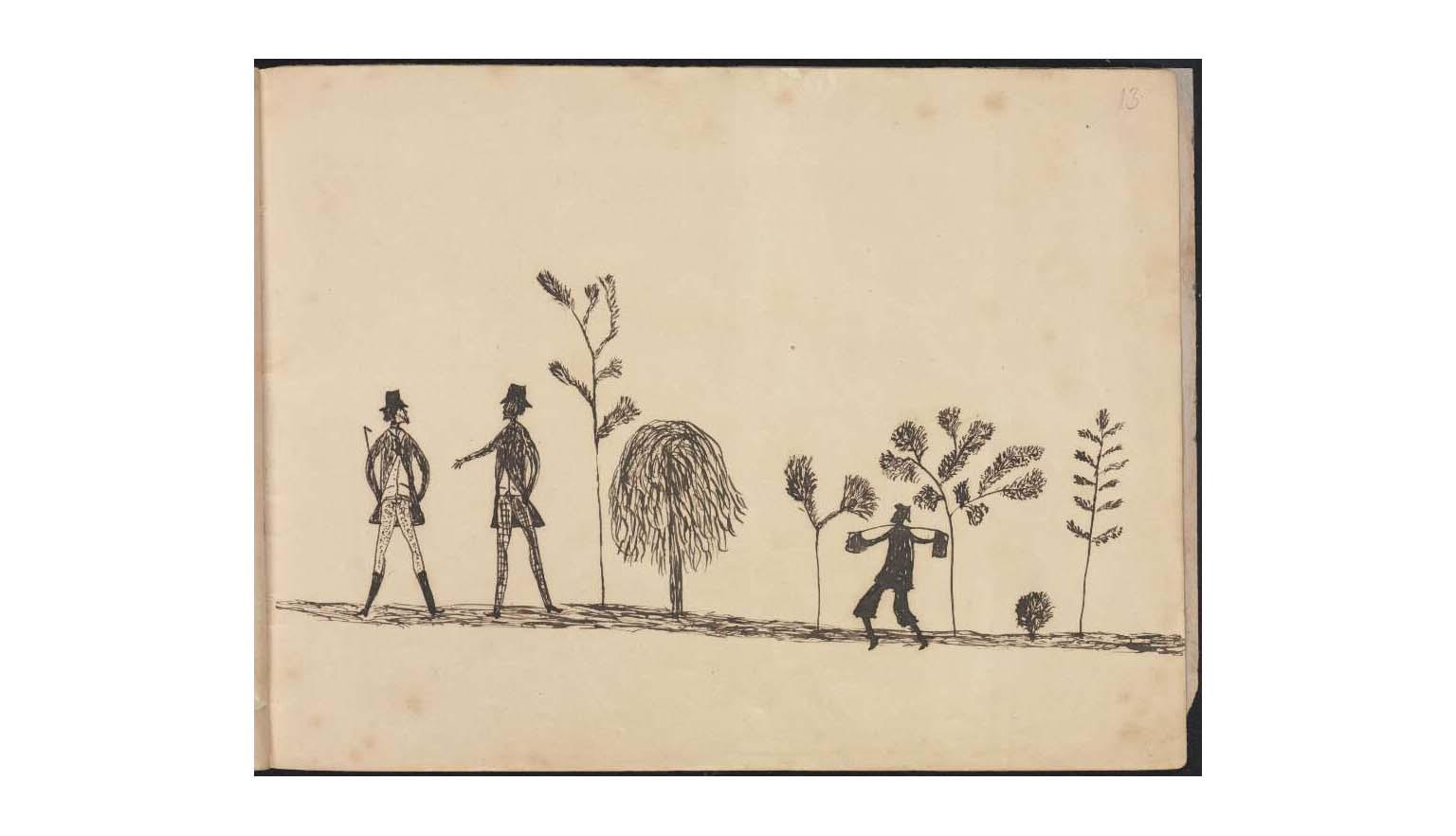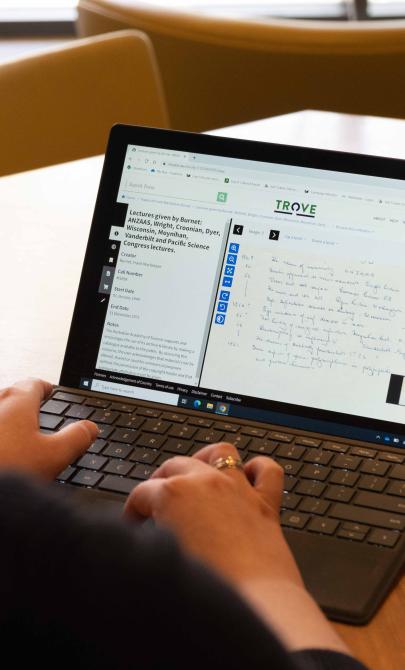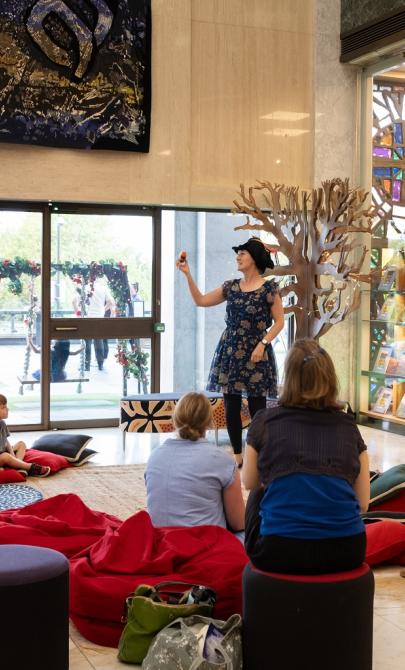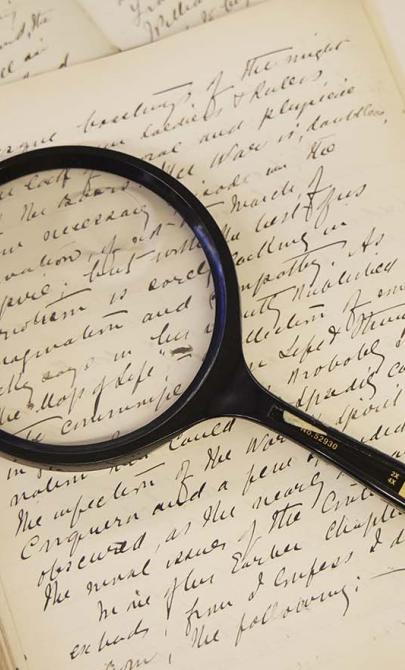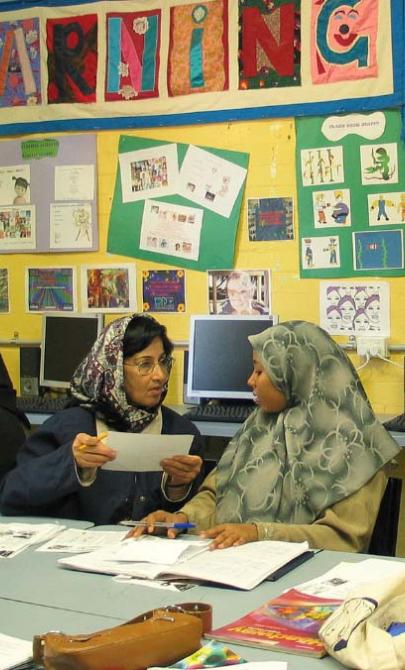Gold and exploration
A First Nations witness
Yackaduna (Tommy McRae) was a Kwat Kwat and Wurundjeri man, and a widely known and respected artist with connections to Country in north-east Victoria.
From 1838 onwards First Nations people and squatters in this area were involved in several violent confrontations in which people on both sides were killed. When gold was discovered in the area in 1852, racial tensions continued and extended to Europeans attacking Chinese settlements. In response to racial conflict, colonial governments implemented the first wave of anti-Chinese legislation. These laws were repealed by 1867 after continuous resistance from Chinese people and their European allies.
By the 1880s, Yackaduna was selling his drawings of traditional Aboriginal life, squatters and Chinese people.
Activity 1: Yackaduna
Yackaduna was a First Nations witness to the changes in Australia in the 1800s. Using the images above, ask students the following questions:
- How does Yackaduna illustrate the different groups of people?
- Why do you think the sketches are one colour?
- Who do you think collected Yackaduna sketches?
- What could be causing the conflicts between different groups in the gold fields?
Ask the students to write a poem or short story based on the second sketch by Yackaduna.
Activity 2: Gold fields and conflict
In groups, ask the students to research an Australian gold field where a conflict took place.
Teachers should note there may be distressing content and articles should be moderated.
Examples could be:
- Lambing Flat Riots
- Buckland Riots
- Eureka Stockade
- Maryborough Riots
They can use Trove and other resources to discover:
- what took place,
- who the conflict was between, and
- how it ended.
Ask the groups to share their findings with the class.
Migration boom
The discovery of gold in 1851 marked the beginning of Australia’s gold rushes. Migrants from all over the world brought new skills and professions, changing convict colonies into progressive cities.
Within a year more than 8,000 miners arrived at the goldfields in Beechworth, including people from the Sze Yap, Sam Yap and Chungshan regions in southern China. Many were employed by sluicing companies while others worked their own small claims.

Nicholas Chevalier and Frederick Grosse, Chinese people ground-sluicing, near Beechworth, Victoria, 1867, nla.gov.au/nla.obj-135653408
Nicholas Chevalier and Frederick Grosse, Chinese people ground-sluicing, near Beechworth, Victoria, 1867, nla.gov.au/nla.obj-135653408
The above print illustrates Chinese people ground-sluicing, near Beechworth. ‘Ground-sluicing’ or ‘placer mining’ is a way to use water to help find gold in sand, gravel and soil. A slightly sloping wooden trough is used as a channel for water and sediment to travel downwards. As gold is denser than the sand, gravel and soil, it sinks to the bottom of the trough and settles in small ridges while the rest of the sediment travels onwards.
Activity 3: The emigrants map of the world
Using Trove, open the ‘The Emigrant's map of the world’ by Joshua Archer. The map shows routes of emigrant ships from Britain to the colonies, the extent and population of the British Empire, with the gold fields of Victoria, New South Wales, and California marked. Consider the following questions as a class:
- What might the colours mean? What colour is Australia? Are other countries the same colour? Why might that be?
- Can you trace a possible route from China to Victoria?
- How hard do you think it was to travel to Australia in 1851?
- Why do you think people made the trip to Australia for gold?
Immigration increases
The gold rushes brought more than 600,000 immigrants to Australia between 1851 and 1860. Immigration increased because of a thriving economy. However, not everyone who migrated to Australia came for the search of gold. European explorers made their way across the continent in the 1860s, opening up land for pastoral and agricultural industries. However, in doing so, they hastened Indigenous dispossession and environmental change.
Cameleers
This image of camel drivers comes from the Library’s collection of John Flynn OBE. From the mid-1800s until the late 1920s teams of Muslim and Sikh cameleers from the arid hills and plains of Afghanistan and British India were brought to Australia. They were thought to be the most reliable method of transporting goods through the arid regions of outback Australia.
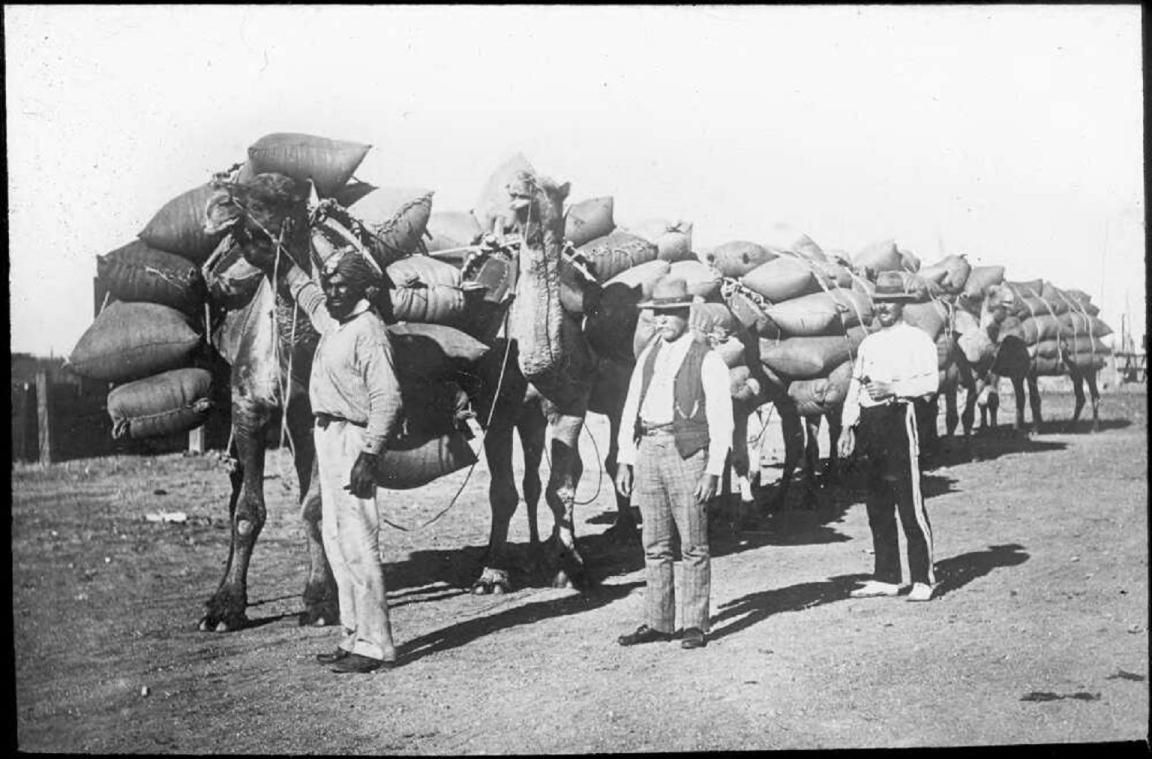
John Flynn, An ‘Afghan’ camel driver with two unknown men, standing next to a camel train, nla.gov.au/nla.obj-142345446
John Flynn, An ‘Afghan’ camel driver with two unknown men, standing next to a camel train, nla.gov.au/nla.obj-142345446
As the camel drivers learned about the Australian bush and society, they began their own businesses. By the 1890s, they dominated the camel business, travelling between the Indian subcontinent and Australia to import camels and goods.
While many returned home upon completing their work contracts, others stayed in Australia and established families.
When motor vehicles were introduced in the 1920s, camels were not needed to transport goods and many camels were released into the wild.
Activity 4: Research and report back
Ask the students to research more about the camel drivers in groups. Can they find the answers to the following questions and report back to the class:
- What distances would the camel drivers travel across Australia?
- Did any European explorers use camels to travel?
- Many camel drivers sent money back to their home country. Why might they do this?
- Why were animals like camels, foxes and water buffalo brought to Australia?
Activity 5: Write a story
Ask the students to write a short story or poem based on the image of the camel drivers and their own research.
